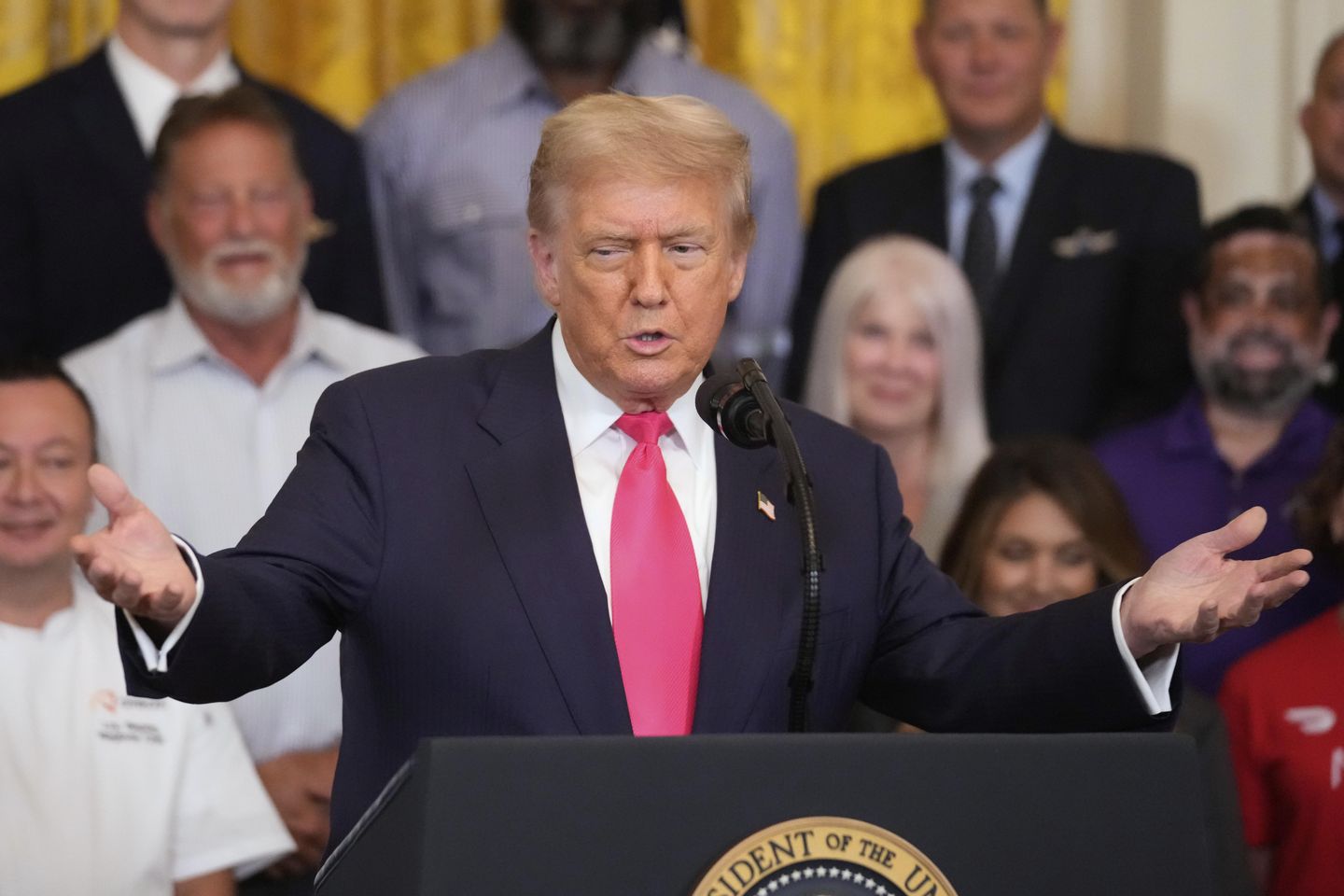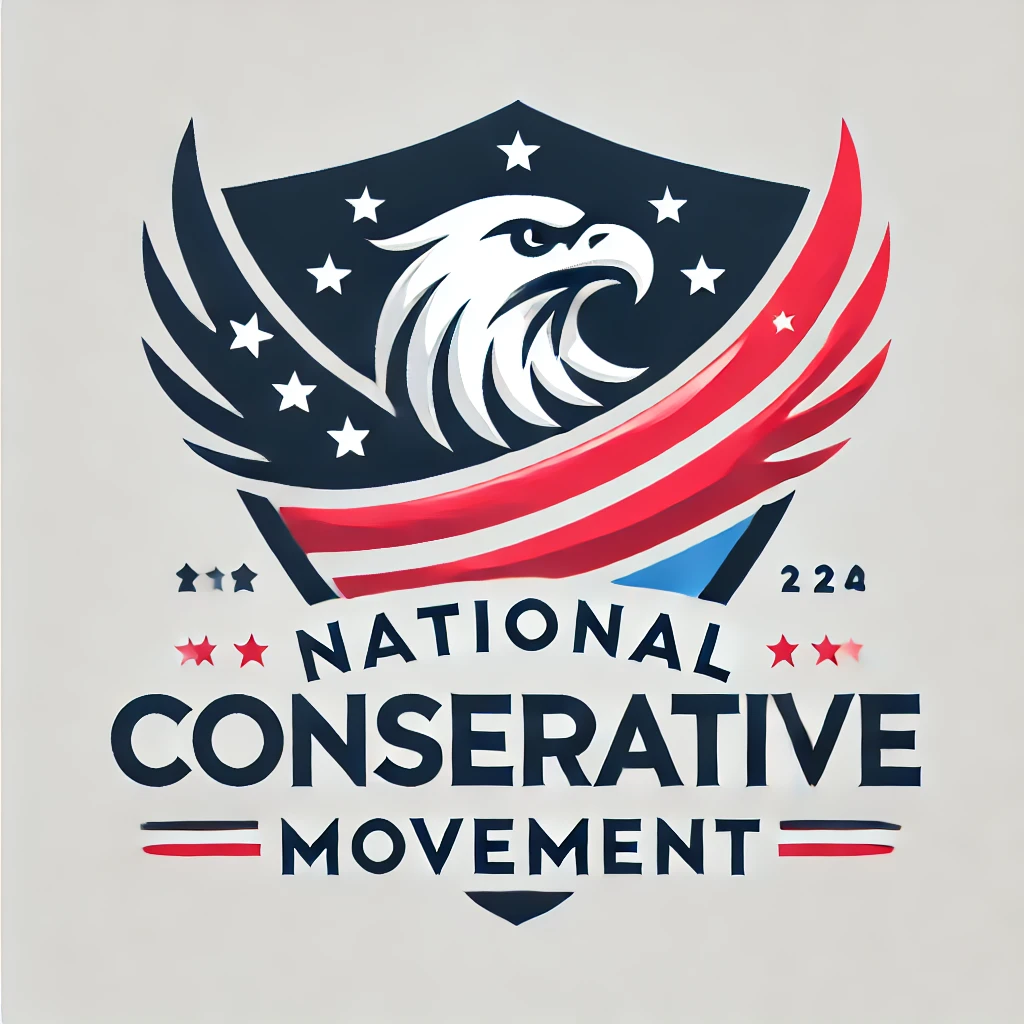
The Supreme Court delivered a shock wave to anti-Trump judges Friday, saying their use of “universal injunctions” to block the president’s agenda nationwide is likely illegal — and in effect gave President Trump the power to alter birthright citizenship for children born to some illegal immigrants.
The 6-3 ruling is a massive victory for Mr. Trump and a giant blow to Democrat-run states, labor unions, immigrant rights groups and other liberal activists who had seen the judiciary as their last hope of derailing Mr. Trump.
Not only can the president start to enforce his birthright policy in some cases, but it also clears the way for his administration to challenge dozens of other universal injunctions that have delayed his aggressive second-term moves on immigration, spending and LGBT issues.
“These injunctions — known as ‘universal injunctions’ — likely exceed the equitable authority that Congress has granted to federal courts,” Justice Amy Coney Barrett said, writing the majority opinion for the six GOP appointees. “We therefore grant the government’s applications to partially stay the injunctions entered below.”
Injunctions are court orders blocking action — in this case, Mr. Trump’s attempt to limit birthright citizenship.
In most instances, courts issue injunctions that only apply to the parties in front of them. So if a single state or company sues and wins, only that state or company is covered by the judge’s ruling.
But in recent years, judges have begun issuing broader rulings that apply across geographic lines and to people beyond the parties that sued.
Justice Barrett, a Trump appointee, said Congress, which sets lower courts’ jurisdiction, doesn’t appear to have ever given those courts that power.
“The bottom line? The universal injunction was conspicuously nonexistent for most of our nation’s history. Its absence from 18th- and 19th-century equity practice settles the question of judicial authority,” she wrote.
Justice Sonia Sotomayor, leading the court’s three Democratic appointees in dissenting, called the ruling “so grave an attack on our system of law.”
“No right is safe in the new legal regime the court creates,” she wrote. “Today, the threat is to birthright citizenship. Tomorrow, a different administration may try to seize firearms from law-abiding citizens or prevent people of certain faiths from gathering to worship.”
Underlying the case are competing visions of the federal judiciary. To the court’s GOP appointees, judges are servants of the law, seeking to decide cases before them. The court’s Democratic appointees saw them more as legal warriors capable of thwarting the will of a president gone too far.
“The court’s decision to permit the Executive to violate the Constitution with respect to anyone who has not yet sued is an existential threat to the rule of law,” wrote Justice Ketanji Brown Jackson in her dissent.
“The majority ignores the Judiciary’s foundational duty to uphold the Constitution and laws of the United States. The majority’s ruling thus not only diverges from first principles, it is also profoundly dangerous, since it gives the Executive the go-ahead to sometimes wield the kind of unchecked, arbitrary power the Founders crafted our Constitution to eradicate,” she said.
But Justice Barrett, in a rather pointed way, shot back at her colleague.
“Waving away attention to the limits on judicial power as a ’mind-numbingly technical query,’ she offers a vision of the judicial role that would make even the most ardent defender of judicial supremacy blush,” Justice Barrett wrote. “We will not dwell on Justice Jackson’s argument, which is at odds with more than two centuries’ worth of precedent, not to mention the Constitution itself. We observe only this: Justice Jackson decries an imperial Executive while embracing an imperial Judiciary.”
Justice Barrett said there are other options open to challengers who want broad rulings, such as filing a class-action lawsuit. That has stricter requirements for proving broad relief is necessary.
It also binds all members of the class to the outcome, which means that if the government wins the case, it prevails.
Under the current universal injunction system, plaintiffs can sue in multiple courts and only need to prevail in one, where a judge is willing to issue a universal injunction, to stop the president.
Injunctions can also be issued quickly, on the barest of briefings, Justice Barrett said. And they are then quickly appealed, and the appeals courts are then asked to rule in a matter of days or even hours.
“This process forces courts to resolve significant and difficult questions of law on a highly expedited basis and without full briefing,” she wrote.
The Congressional Research Service identified 25 nationwide injunctions issued against Trump administration actions over the first 100 days of this term.
The Trump Justice Department suggests the number is even higher. Solicitor General D. John Sauer, in oral argument in the birthright citizenship case last month, said there had been at least 40.
In the hands of aggressive judges, they can be used to bring an administration’s agenda to a halt — drawing jeers from the president and cheers from his opponents.
Republicans cheered, for example, when a federal judge in southern Texas issued a universal injunction halted President Obama’s attempt in 2014 to create an executive amnesty for millions of illegal immigrants by building off his DACA program.
Then Democrats cheered as a judge in Washington state halted Mr. Trump’s first travel ban in 2017.
Republicans were back again, hailing court injunctions stopping President Biden’s immigration and environmental policies.
And now it’s been Democrats again begging courts to step in and stop Mr. Trump’s unprecedented use of executive authority to cut spending, reshape the federal bureaucracy, enforce immigration laws and rewrite the global order of trade policy.
Some of the high court’s members had complained earlier about the growing use of injunctions.
Justice Elena Kagan, for example, had expressed concern over the expanding use of the tool. But she also worried about taking judges off the field in cases where a president was violating fundamental constitutional rights.
Some analysts had questioned the Trump administration’s decision to pick the nationwide injunctions fight on the birthright citizenship case, where the president’s argument about his executive powers is seen as weaker than many other cases challenging his second-term actions.
While the justices largely ducked the legality of Mr. Trump’s birthright citizenship policy in their ruling, the issue will come back to them at some point.
At issue is whether Mr. Trump’s directive to federal agencies not to recognize automatic citizenship for children born to illegal immigrant or temporary visitor parents conflicts with federal law or the 14th Amendment.
That amendment says citizenship is recognized for “all persons born or naturalized in the United States, and subject to the jurisdiction thereof.” Mr. Trump argues that illegal immigrants and temporary visitors aren’t “subject to the jurisdiction” of the U.S. so they can be excluded.
Lower courts have delivered a tsunami of rulings against Mr. Trump on the issue, issuing broad blockades that went well beyond the parties in those cases.
Friday’s ruling means Mr. Trump can begin to enforce his policy against at least some people who aren’t parties to any of the cases — though how that works in practice remains to be seen.
Immigration groups have said it could mean a child born to illegal immigrant parents in one state could be deemed a citizen while one born just across the state line would not be.
Friday’s ruling combined a series of cases. The lead one is CASA v. Trump. CASA is a leading immigrant rights group.












